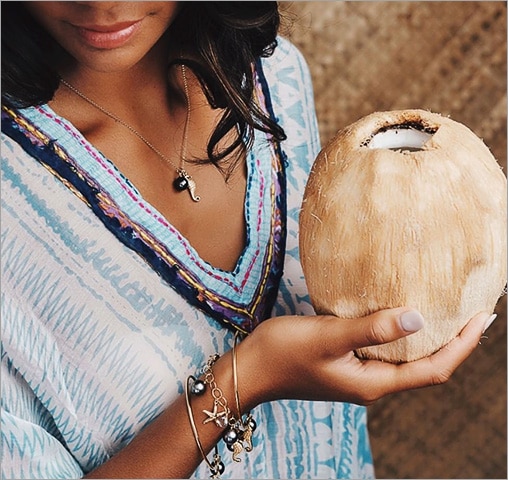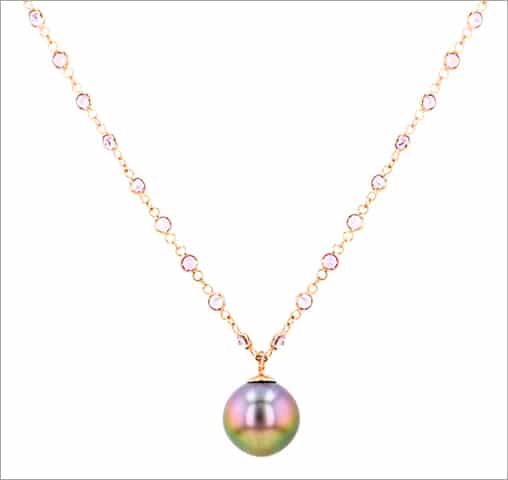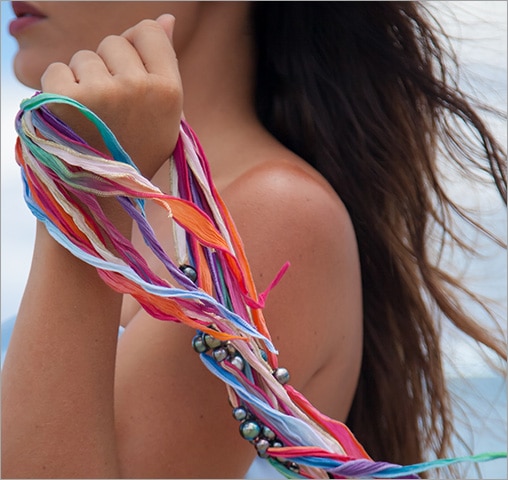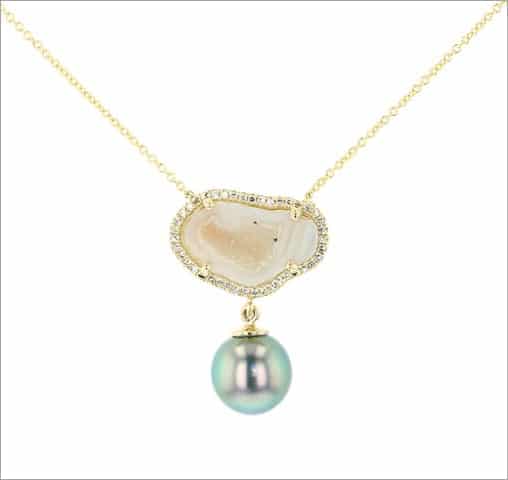TAHITIAN PEARLS
Every trip to the South Seas should include a treasure hunt for the perfect pearl. The beautiful flexibility of the Tahitian black pearl is that it can be worn, strung on a rope of leather cord, or á la Cleopatra, with one baroque globe the size of a gumball, dangling from each ear. No matter how you wear them, the magic of pearls sets the skin aglow. It’s no wonder women have treasured them throughout the millennia.
HOW TO BUY PEARLS
Purchasing pearls like a pro is easy if you remember the five measurements of shine, surface, shape, size, and shade.

Start with the luminous outer coating of the pearl. It’s called nacre and is what gives the gem its shine. The thicker the coating, the more lustrous the pearl. Next, it’s important to have a smooth surface. The fewer the surface flaws, the more valuable the pearl. Tahitian black pearls come in a variety of shapes: round, circle, button, oval, and baroque. Choose what suits you. Large pearls are not very common so the larger the size of the pearl, the more valuable it is. The last measure is color. Tahitian pearls are most commonly found in the hues of charcoal, silver, and dark green. For a more exotic and valuable gem, choose one in peacock, rose, or rainbow.
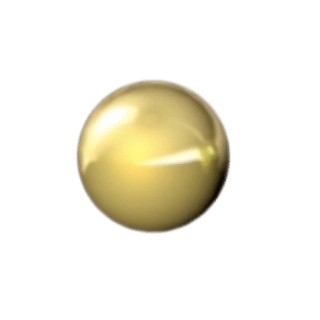
Golden
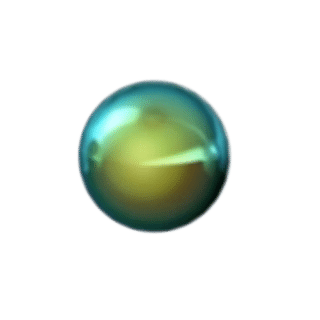
Emerald
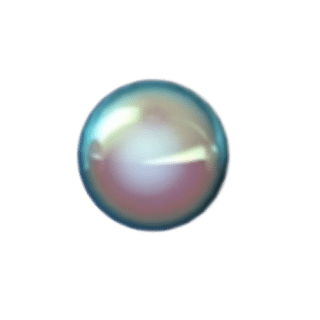
Rainbow
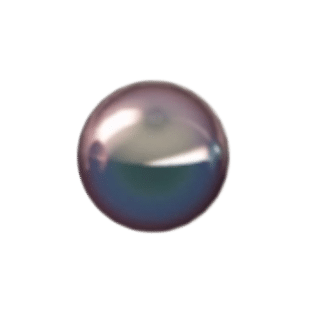
Aubergine
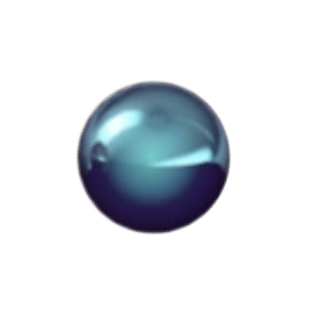
Blue
MODERN INTERPRETATIONS
Hinerava has made the black pearl extremely stylish by combining it with precious and semi-precious stones. For a casual evening out, a rose-hued pearl strung with delicate pink sapphires makes an eye-catching necklace, or copper geodes dangling next to rainbow pearls, make a distractingly beautiful pair of earrings. One of Tahiti’s finest jewelers, Hinerava, offers their collection onboard the ship. Their selection ranges from elaborate suites of jewels to one perfect pearl strung on a slip of silk cord.
[photo credit: Carousel and pearl images courtesy of Hinerava.com ]
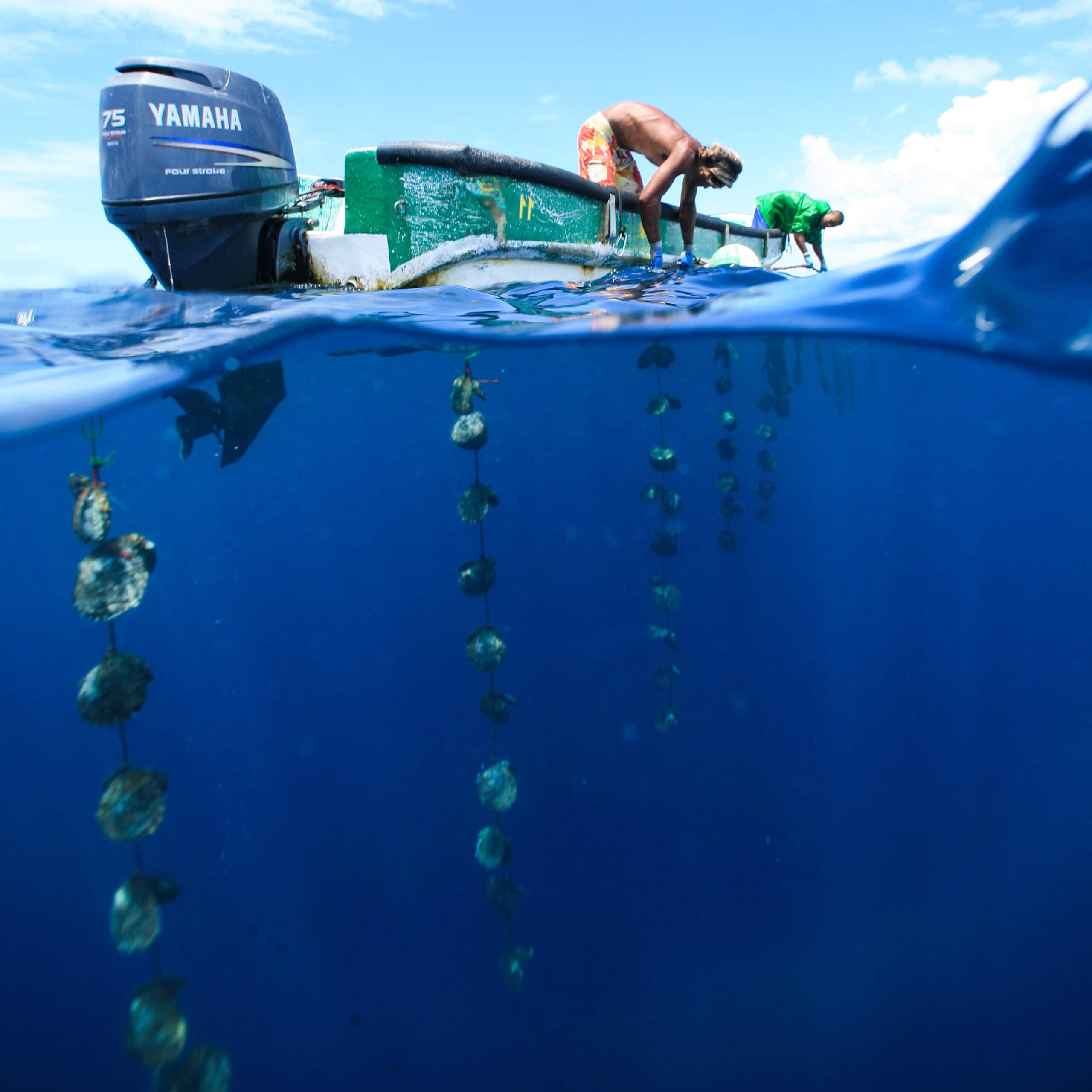
Tahitian Pearl Farms
Make sure to visit a pearl farm, where nature’s ocean gems originate. Prolific in the turquoise lagoons of the Society and Tuamotus islands, they are home to one very special mollusk, the black-lipped oyster. This rock star is what gives Polynesian gems their world-renowned color. Farmers cultivate pearls by introducing an irritant into the body of the oyster. Slowly over time, the irritated mollusk secretes nacre and a pearl is formed. Each gem takes on the luster and shade unique to the interior shell of its host. You can tour pearl farms in Rangiroa or Huahine to watch, as step-by-step, gems form right before your eyes.
[photo credit (image left): ©Gregoire Le Bacon]
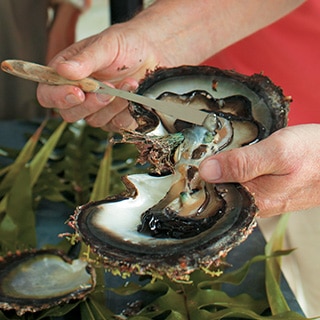
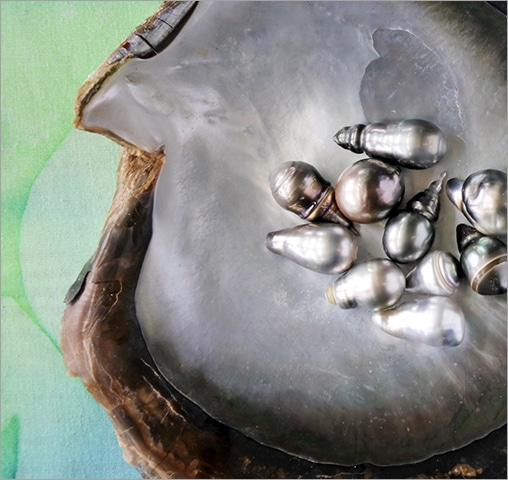
Keshi: Beautiful Rebels
Keshi is a pearl that forms without a center nucleus (or bead). Sometimes the oyster takes the upper hand in the creative process, and a beautiful, natural amorphous pearl is born. Each completely unique, these gems have high luster with beautiful, wavy shapes. Fine jewelers say they sometimes wait for years to find two keshis close enough alike to make a pair of earrings.
